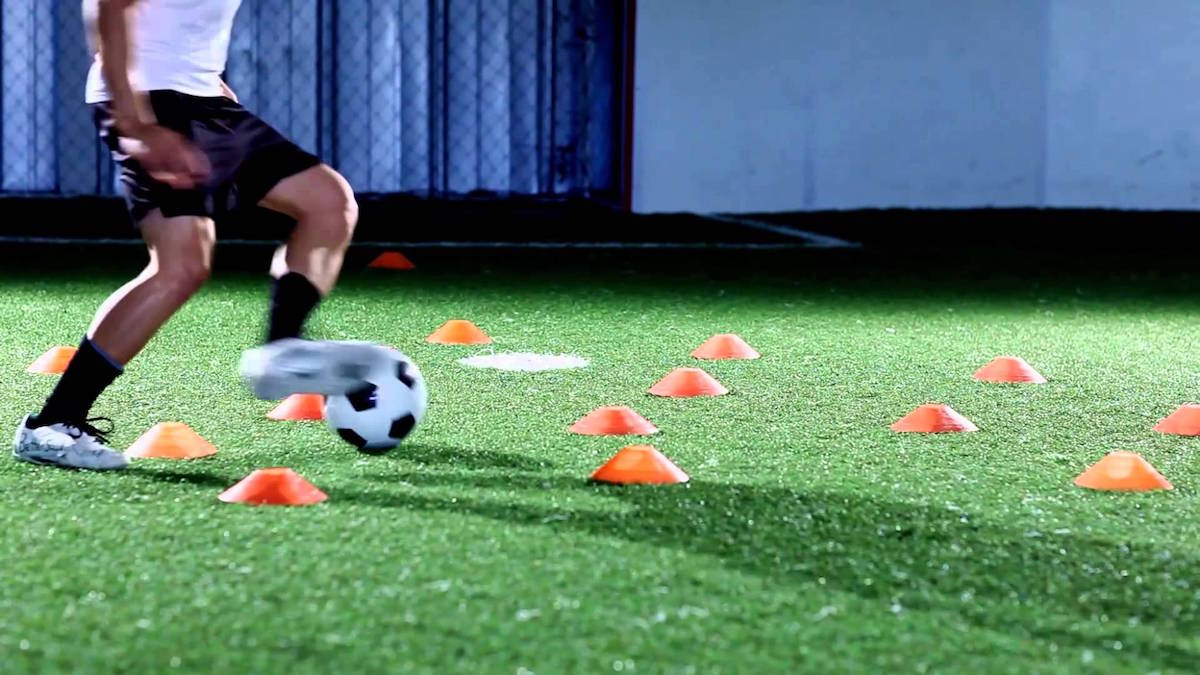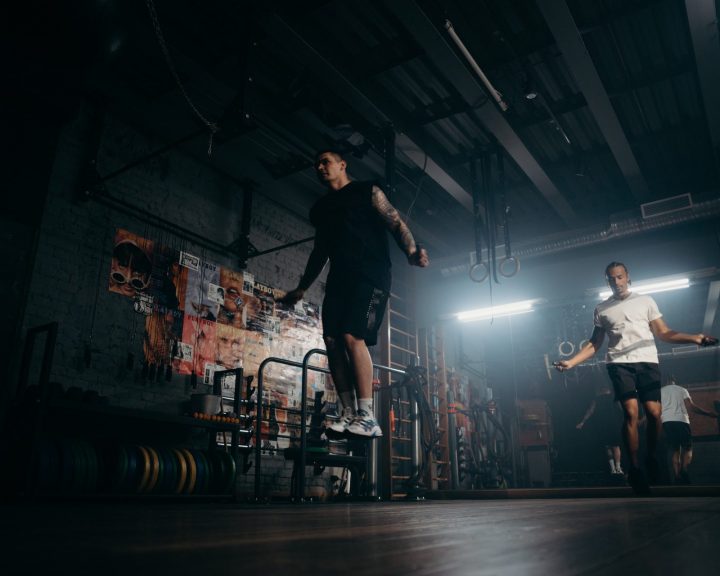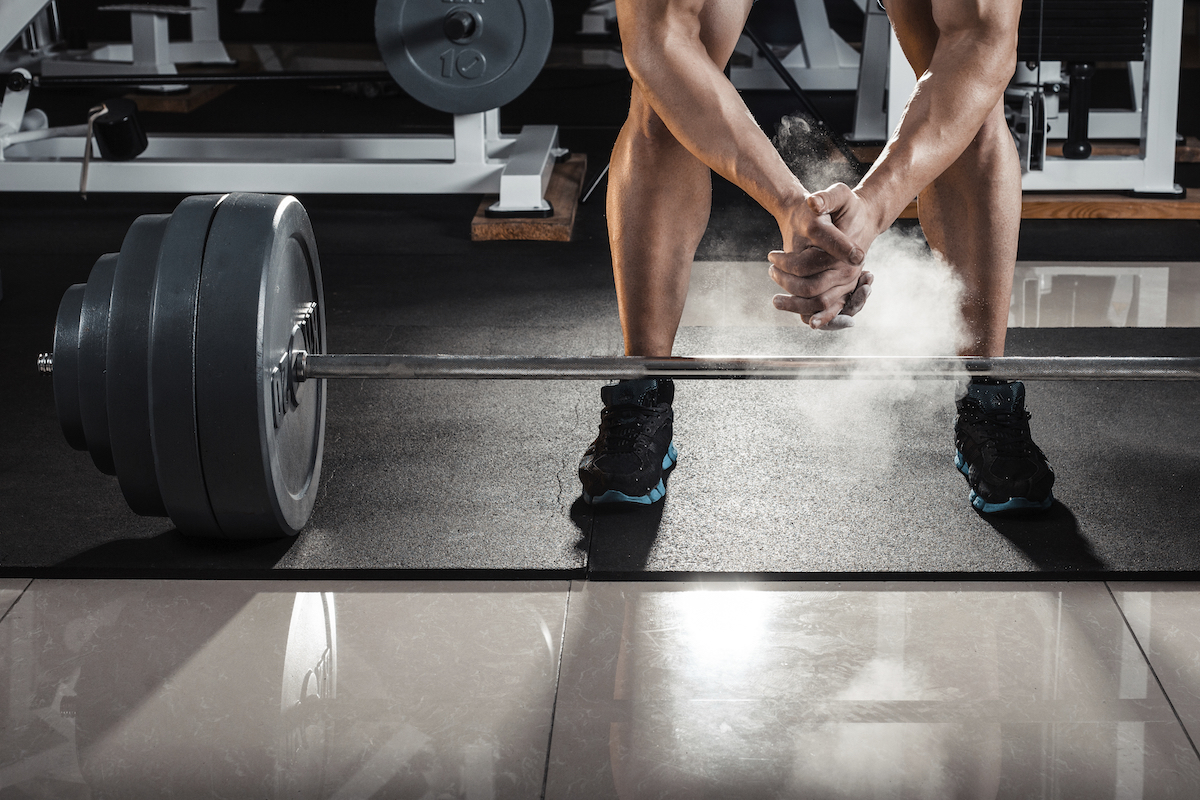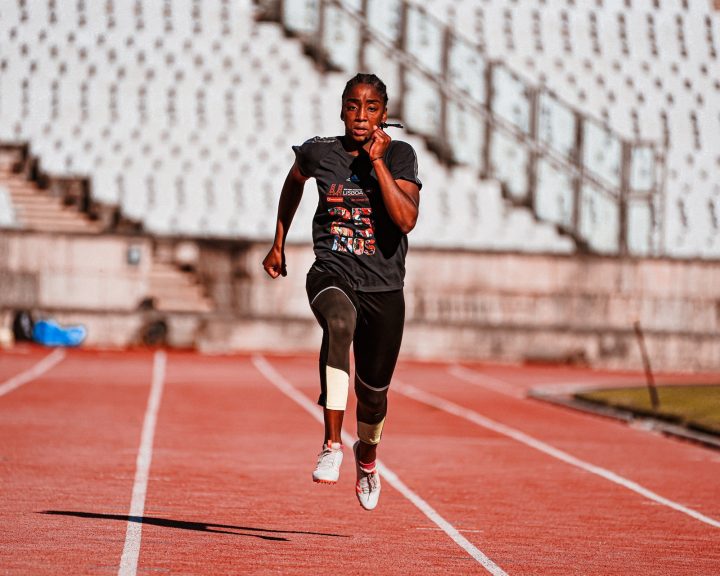Agility training is very hard for many coaches to effectively program. It’s challenging because it is the expression of strength, power, and speed in a sport-specific manner. This requires a coach to understand the movement patterns of the sport. In many cases, agility training involves mindless drilling that is not really preparing the athlete for what they do in the sport.
Let’s take baseball. Even base running isn’t a simple matter from a speed and agility training perspective. For example, a right handed hitter and a left handed hitter will have a different movement pattern to get to first base. The right handed hitter is going to turn his body to the right (towards first base), take a step, then accelerate toward first base. The left handed hitter has to make a greater turn towards first base, step with the outside foot, then explode. If we’re trying to stretch the hit into a double, then the athlete needs to learn how to make the wide turn as they approach first base. If the athlete is on first base and is going to steal, or even just run, towards second it’s a different skill in the sense that they need to learn how to execute the crossover step and then accelerate into the run.
The above example doesn’t even begin to get into what baseball players do defensively in the field, which in some cases is specific to the position. So you can see from this example that simply having a baseball player do 20 yard sprints, while it may increase their ability to accelerate, isn’t going to prepare them for what they do on the field. Likewise, start, stops, and shuffles aren’t going to be terribly effective drills either.
Basketball is even more complicated. During offense, players must be able to run down the court. They have to be able to sprint, spin, perform crossover steps, perform jab steps, jump, and perform a variety of cuts. Some of these are done without the ball, but many have to be performed with the ball. This doesn’t even begin to get into what the players must do when playing defense. So again, you can see where simply performing 20 yard sprints or defensive slides isn’t going to adequately prepare the athletes for what they do in basketball.
For a coach to develop and implement an effective speed and agility program, they are going to need to understand the movement patterns in the sport. The drills that are developed have to link back to those movement patterns and reinforce how the athlete is being coached in the sport. Here are two examples:
Sport: Baseball
Drill: Steal the Bases
Set-up: Three cones. Cone #1 is the start cone. Cone #2 is placed six feet from cone #1. Cone #3 is placed 20 yards from cone #1.
Execution, version 1: The athlete begins at cone #2, in the ready position. On the “go” command, at athlete performs a cross-over step and sprints to cone #3 making sure to stop at the cone.
Execution, version 2: The athlete begins at cone #2, in the ready position. The coach will gesture to the athlete to run back to cone #1 or run to cone #3. In either direction, the athlete must execute a cross-over step and sprint to the appropriate cone.
Purpose: This drill simulates attempting to steal second base, but also can simulate the need to react to the pitcher and get back to first base before being thrown out.
Sport: Basketball
Drill: L Cut
Set-up: Three cones. Cone #1 is the start cone. Cone #2 is placed eight feet in front of cone #1. Cone #3 is placed five feet to the right of cone #2.
Execution, version 1: The athlete begins at cone #1. On the “go” command the athlete sprints to cone #2 and comes to an abrupt stop, dropping their hips. Pushing off the left foot, the athlete sprints to cone #3.
Execution, version 2: The athlete begins at cone #1. On the “go” command the athlete sprints to cone #2 and comes to an abrupt stop, dropping their hips. Pushing off the left foot, the athlete sprints to cone #3. Upon reaching cone #3, the athlete turns and receives a pass. The athlete will then square up and attempt a jump shot.
Purpose: This drill simulates an offensive basketball player attempting an L cut to get open.
As you can see, these drills involve athletes being able to react, start, stop, accelerate, and cut or perform cross-over steps. However, these drills are being done in a sport-specific context so that the athlete is able to mentally connect the agility skills with what they do in the sport.




